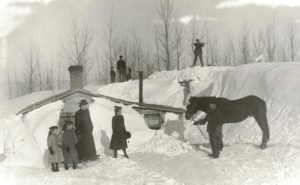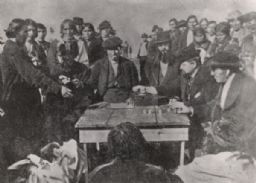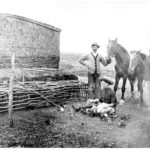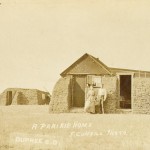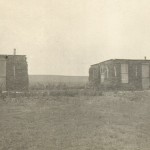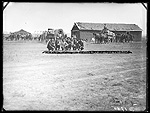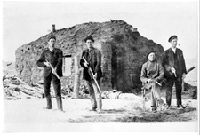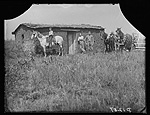Though its topography varied from region to region, the area known as the western Plains could be counted on to have a harsh environment. Summer temperatures often reached 100 degrees, and winter temperatures well into the double-digits below zero. Without many trees to stop or break the wind, heavy snows could be blinding and treacherous. South Dakota, one of the Plains states and home to the Canton Asylum for Insane Indians, experienced difficult weather that brought out its inhabitants’ resourcefulness and courage.
The Lakota and Dakota Sioux, native peoples who had lived on the Plains for centuries, were nomadic. During the winter they lived in buffalo-hide tents (tipis) and ate the food supplies they had gathered and preserved earlier. These supplies could be enormous. An account of General Alfred Sully’s 1863 retaliation against the Dakota for an uprising in 1862 says that his troops burned 500,000 pounds of “jerked buffalo meat, food gathered for the Indians’ long winter” over a two-day period. The melted fat “ran down the valley like a stream,” according to one observer.
This abundance contrasts sorrowfully with the rations most native peoples received once they were forced onto reservations. By the 1880s, game was scarce and the buffalo nearly gone. Iron Teeth, a 92-year-old Cheyenne woman, described her monthly rations: a quart of green coffee, a quart of sugar, a few pounds of flour, and some baking powder. In 1883, winter storms left some of the northern tribes in Montana near starvation. When a government wagon finally got through, it delivered only a load of bacon contaminated by maggots.
______________________________________________________________________________________
